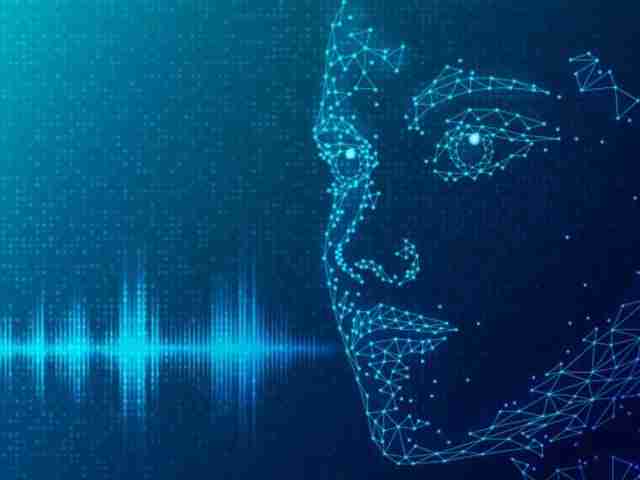LANCASTER: Cyber security experts have warned that AI-generated voices are at risk of tricking customers’ families into hacking their bank accounts.
In the digital age, where advancements in artificial intelligence (AI) permeate various facets of our lives, cybersecurity experts issue a stark warning: AI-generated voices harbor the potential to deceive and manipulate, posing significant risks to personal and financial security.
Unveiling the Threat of AI-Generated Voices
In a concerning revelation, cybersecurity experts caution against the burgeoning use of AI-generated voices by cybercriminals to perpetrate fraud. With cybercriminals leveraging AI tools to mimic individuals’ voices gleaned from social media platforms, unsuspecting victims are increasingly vulnerable to exploitation.
Exploiting Social Media Platforms
The proliferation of AI-powered tools readily accessible on the internet facilitates the replication of users’ voices with alarming accuracy. Social media platforms like Facebook, Instagram, and LinkedIn serve as fertile grounds for cybercriminals to harvest voices for nefarious purposes, amplifying the magnitude of the threat.
Dr. Lowe’s Insight from Lancaster University
Dr. Lowe, an esteemed expert from Lancaster University in the UK, sheds light on the multifaceted risks posed by Artificial Intelligence-generated voices. Emphasizing the threat to personal identity, Dr. Lowe delineates two primary avenues through which these voices undermine security measures.
Circumventing Speaker Verification Software
Voice transcription, enabled by Artificial Intelligence-generated voices, circumvents traditional speaker verification software, facilitating unauthorized access to sensitive information such as bank accounts. This insidious tactic bypasses conventional security protocols, leaving individuals susceptible to financial exploitation.
Deception of Human Perception
Furthermore, the deceptive prowess of Artificial Intelligence-generated voices extends beyond technological barriers, deceiving human perception with alarming efficacy. Dr. Lowe underscores the existing technology’s capacity to blur the distinction between authentic voices and their AI-generated counterparts, heightening the risk of manipulation and deceit.
Conclusion: Navigating the Perils of AI-Generated Voices
As the prevalence of Artificial Intelligence-generated voices continues to rise, vigilance becomes paramount in safeguarding against emerging threats to personal and financial security. The convergence of AI technology and cybercrime underscores the urgent need for robust cybersecurity measures and heightened awareness among individuals and organizations alike. In an era where technological advancements outpace traditional security measures, proactive strategies are essential to stay one step ahead of cyber threats. This necessitates ongoing investment in cutting-edge cybersecurity technologies, coupled with comprehensive education and training initiatives to empower individuals and organizations to effectively combat the evolving landscape of cybercrime.
FAQs
1. How do cybercriminals use AI-generated voices to perpetrate fraud?
Cybercriminals leverage AI tools to replicate individuals’ voices obtained from social media platforms, using them to deceive individuals and gain unauthorized access to sensitive information, such as bank accounts.
2. What risks do AI-generated voices pose to personal identity?
AI-generated voices pose a dual threat to personal identity, circumventing speaker verification software to access sensitive data and deceiving human perception, thereby enabling manipulation and exploitation.
3. What measures can individuals take to mitigate the risks associated with AI-generated voices?
Individuals can mitigate risks by exercising caution on social media platforms, refraining from sharing personal information publicly, and implementing robust cybersecurity measures, including multi-factor authentication and vigilant monitoring of financial accounts.
4. Are there any technological advancements to distinguish between authentic and AI-generated voices?
While advancements in technology continue to evolve, cybercriminals also adapt their tactics accordingly. As such, there is ongoing research and development in the field of voice recognition technology to combat the proliferation of AI-generated voices.
5. How can organizations address the threat posed by AI-generated voices?
Organizations should prioritize cybersecurity training and awareness programs for employees, implement stringent authentication protocols, and invest in cutting-edge technologies to detect and mitigate the risks associated with AI-generated voices.



